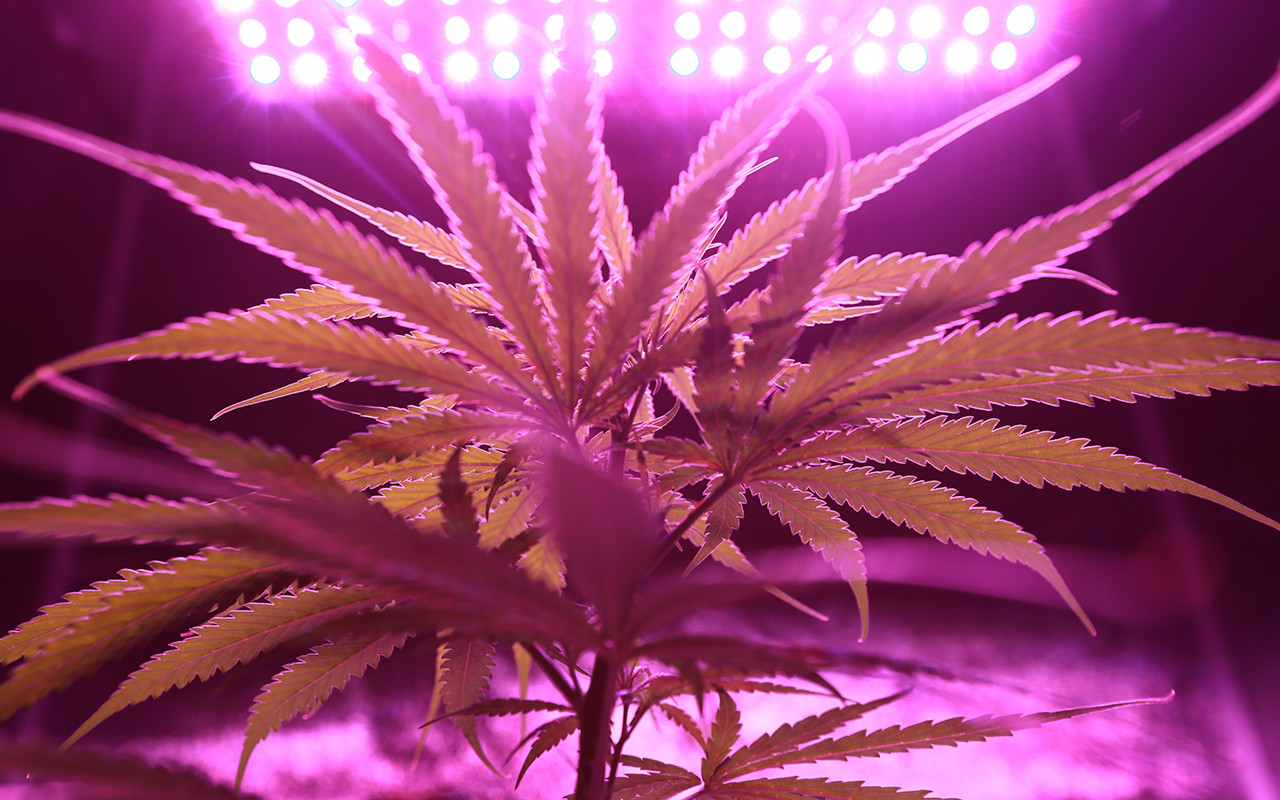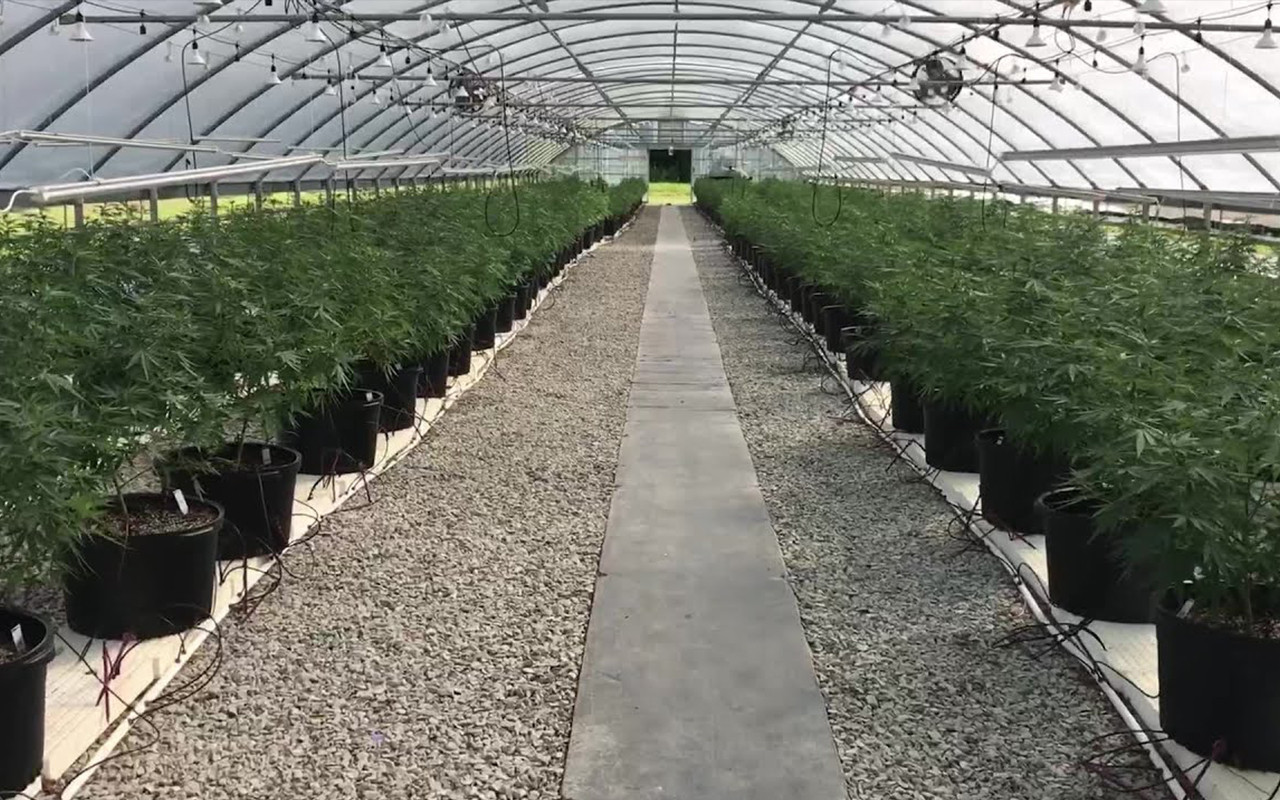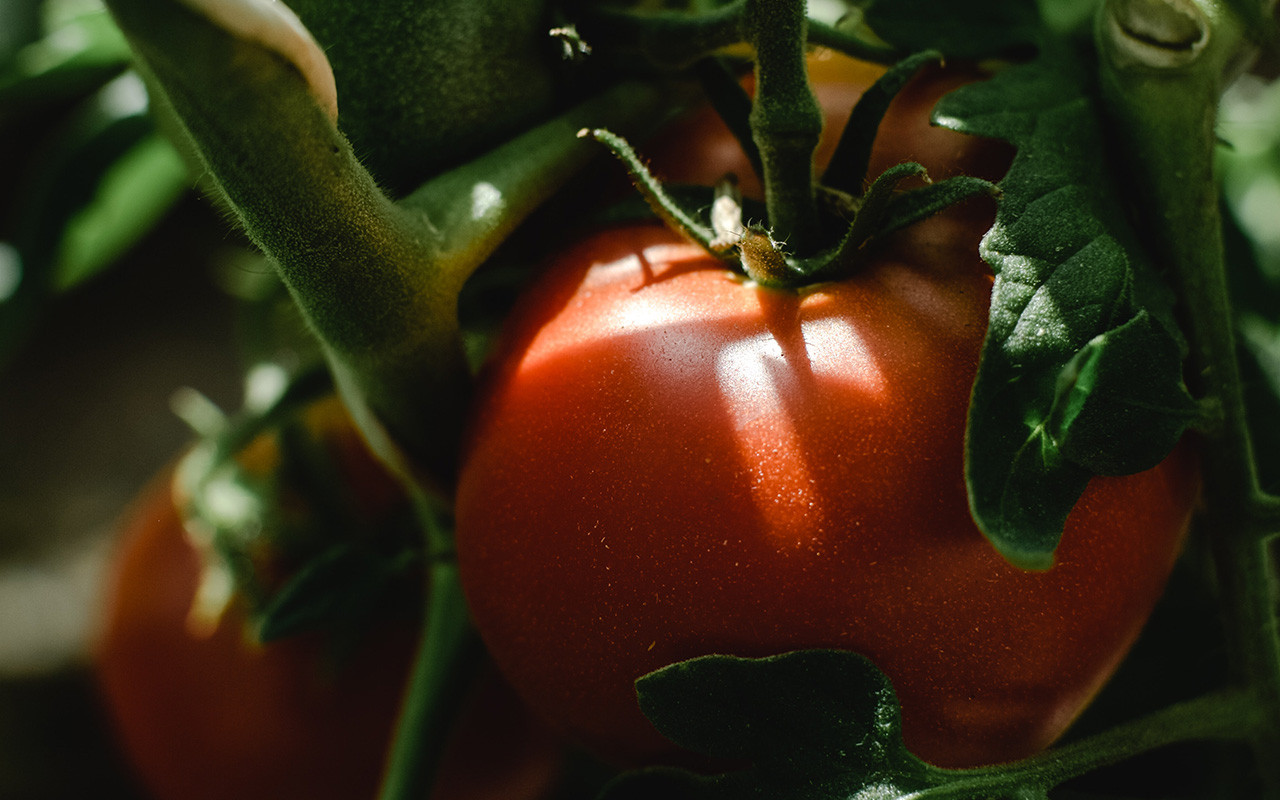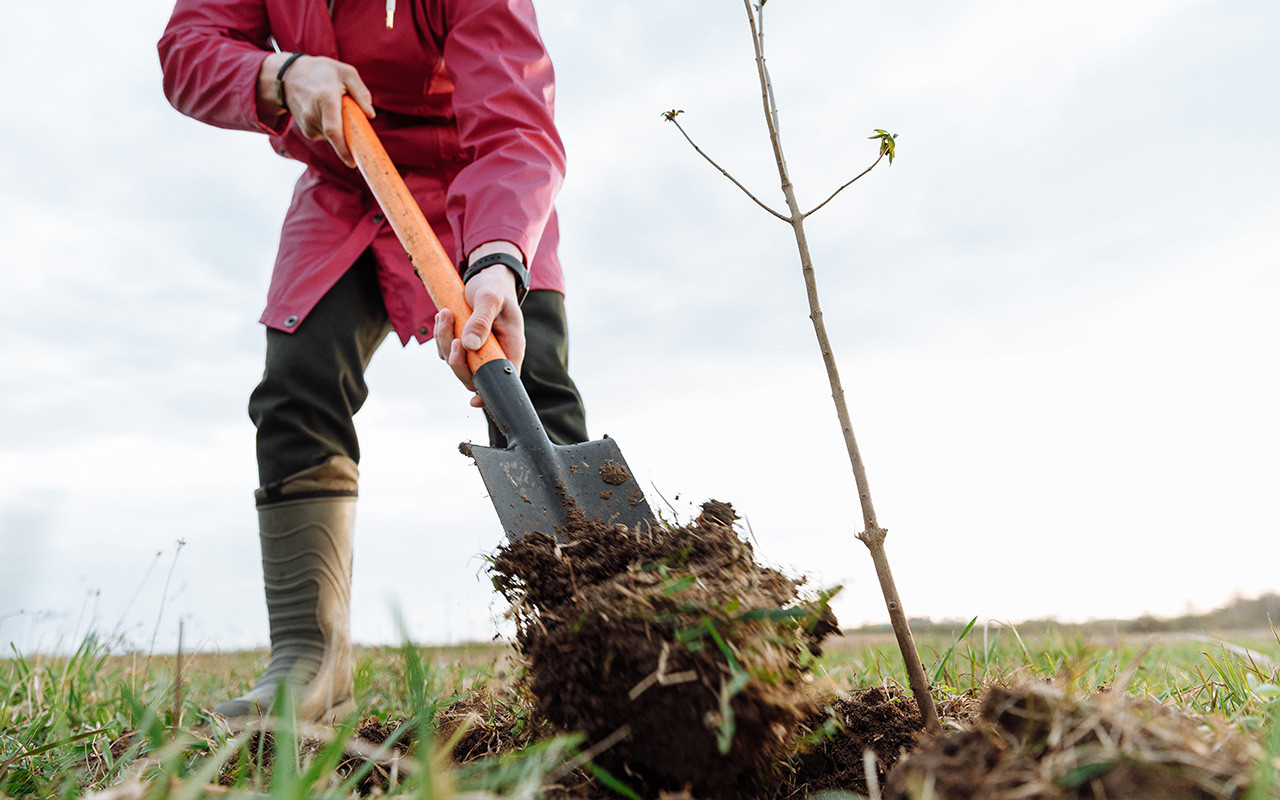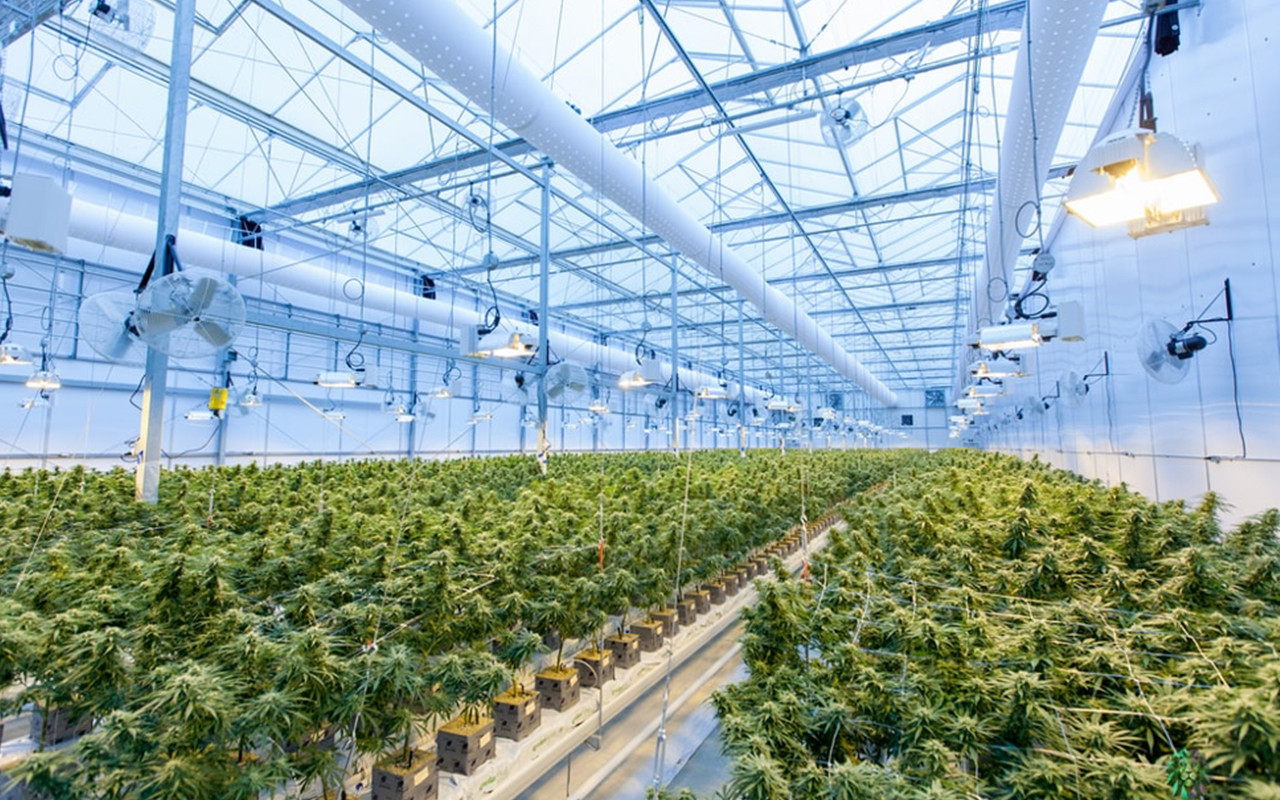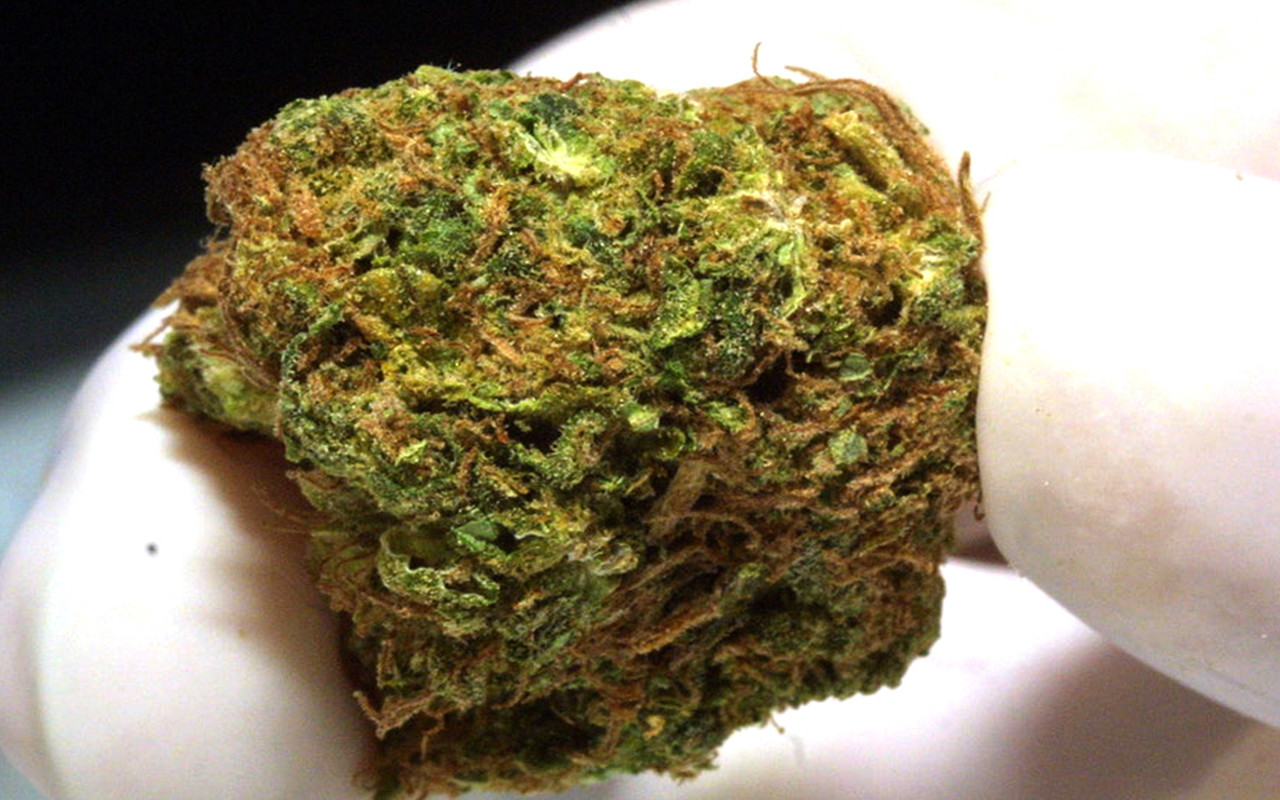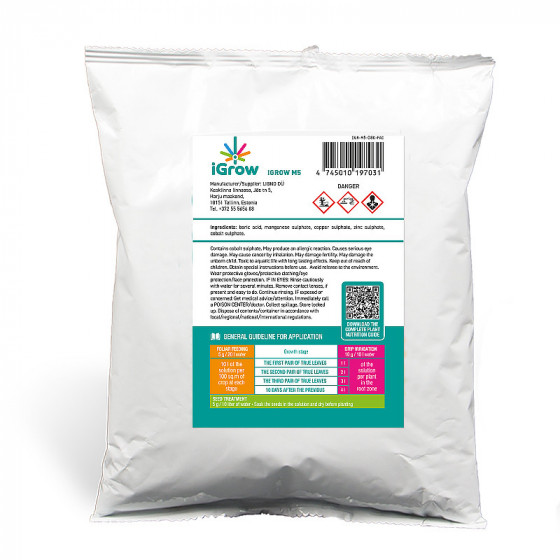
5 Essential Tools for Hobbyist Cannabis Growers
1. pH Meter
Measuring soil pH is one of the most important steps when growing cannabis. It determines the amount of nutrients that get absorbed in the plant. Deviating from the optimal pH tends to trap nutrients within the soil. As a result, your crop may experience nutrient deficiencies. Having a pH meter on hand can allow you to monitor soil pH regularly and adjust as necessary. They come in a variety of sizes, but for most cases, a pH pen is sufficient. It’s accurate enough to gauge pH in any growing medium. Just make sure to calibrate it regularly.
2. Zip Ties
If you’ve grown cannabis before, then you’ll know how big it can get. It tends to grow all over the place, making it difficult to manage your crop. Thankfully, zip ties are your greatest allies in managing your crops’ direction of growth. They have multiple uses like bundling buds and stems together, fixing a plant to a support structure, or coercing the direction of growth of branches towards the light.
3. LED Lights
If you’re thinking of starting your cannabis pet project or are already knee-deep in it, the chances are that you’ll grow at your residence. Look into LED lights as a way of providing light for growth. They are lightweight, modular, safe to use, and most importantly, are easily controllable. Cannabis requires different intensities of light when growing. Make sure that the light intensity of your LED panels’ output is sufficient throughout all the growing stages.
4. Trimmers
If you don’t know already, cannabis plants grown for their THC and CBD content are female ones, but when you plant them as seeds, you won’t know the difference. It isn’t until they mature that you can sex them to find out. If your cannabis plant starts developing pollen sacs, you’ll need to remove them to conserve resources for the female ones. A trimmer is one of the basic tools for cannabis growers. The removed plants can be recycled as compost. In addition to this, they’ll come in handy during harvest when you need to remove the buds for your yield.
5. Magnifying Glass
Sometimes you need to take a closer look at your crop. If you’re navigating through tall bushes, have low lighting, or inspecting for pests, having a magnifying glass can help you monitor your plants at a closer level. You want to look closely at branches that are closer to the ground. These leaves do not receive adequate sunlight as a result of the plant growing above them and may need to be removed if they start decaying. Plus, a magnifying glass can help you determine the sex of a plant by enlarging pollen sacs and pistils, leading to fewer errors when weeding out male plants.







